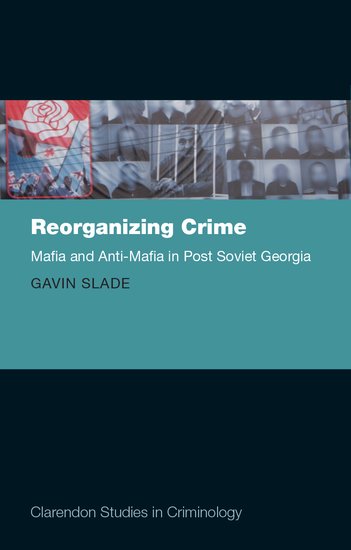‘The mafia never dies’; ‘the state can destroy mafiosi but not the mafia’ – such proclamations are common, especially among mafiosi, who believe the Thing, the Organization, is always out there ready to sanction them. Few law enforcement officials or criminologists are prepared to declare any mafia dead either. For the former, the mafia makes for a colourful enemy, while the latter would have a hard time knowing whether a mafia, as a secretive organization that attempts to sell protection and regulate illegal and legal markets, truly has died. Police departments can get extra funding and government support by playing up to the threat of a conspiratorial, hydra-headed mafia monster. Governments can blame shadowy mafia figures or immigrant alien conspiracies for problems of crime and violence and other failings, while ‘transnational organized crime’ can be invoked to demonize and justify meddling in other countries, particularly in the age of the ‘war on terror’.
Nevertheless, states do occasionally attack mafia-like organizations. There are numerous examples of anti-mafia policies from different countries all with varying levels of success. One such case is the post-Soviet republic of Georgia. An anti-mafia campaign launched there in 2005 has been heralded an overall success. This is curious given how weak the Georgian state is and the supposed embeddedness of organized crime in the post-Soviet part of the world. This leads to a puzzle then: what factors might weaken the strength of mafias and cause their decline, if not their death?

Many studies focus on state-centric factors to explain decline. Governments must make strategic decisions about when to attack the mafia as it may prove to be an expensive activity which reaps few gains in crime control or at the ballot box. In some countries, governments face violent backlashes if the mafia is challenged. In Brazil for example, the First Command of the Capital (the PCC, a prison gang that controls illegal markets on the streets) is able to virtually shut down the city of Sao Paolo if it chooses to oppose the state. Thus, mafias and states often simply exist in wary equilibrium of each other, often maintaining a negotiated connection through corrupt links on local levels. Still, at certain moments states can launch full out attacks on mafias, though success is rarely a given.
Italy and the United States are examples of states that have gone after the mafia. In these countries, anti-mafia legislation has enabled greater punitive measures against those who order the commission of crime and engage in patterned acts of racketeering. In Italy, law enforcement reform as well as civil society mobilization, emerging after the mob killings of the judges Falcone and Borsellino in 1992, has been relatively effective, at least in Sicily. These measures include new law enforcement techniques and heightened police coordination, including longer investigation times, the greater use of wire-tapping, entrapment, state’s witnesses, and confiscation of mafia assets and the criminalization of activities that aid the mafia. Such state policies have been recreated elsewhere, for example and most recently, in post-Soviet Georgia.
In Georgia, anti-mafia laws were introduced in 2005 along with a willingness to trample civil liberties and human rights in the name of battling organized crime. However, a simple emphasis on the policies of the state and the changes in the socio-economic environment does not account for the vulnerabilities or resilient qualities that decide whether a mafia survives or succumbs to state attack. In Georgia, I argue that, regardless of the state’s anti-mafia policy, internal contradictions within a group called the ‘thieves-in-law,’ a particularly fearsome mafia, was the real reason for the decline of this network of mafiosi there.
Strength in recruitment, for example, is a key variable in survival. Just like any organization mafias require a flow of high quality individuals to reproduce themselves. The thieves-in-law failed to do this. This failure was due to maladaptive institutional change in difficult conditions: wider criminal conflict in conditions of state-collapse led to quicker recruitment and lower quality human capital. The video embedded below discusses this in more detail.
Similarly, internal and external structuring of relations is vital for robust organization, effective adaptation, flows of information, and efficient monitoring and sanctioning. Yet the organization of criminal activities is often risky, and constantly changing in conditions of permanent insecurity and uncertainty. The thieves-in-law in Georgia did not negotiate the violent, difficult conditions of state collapse that occurred in Georgia in the 1990s at all well. It affected their ability to coordinate and regulate their network. All that was then required was the political will to go on the offensive against what was in fact disorganized crime.
One general conclusion from the Georgian case is that rather than enjoying a vacuum of state power such as the one in Georgia in the 1990s, the mafia actually struggles just as much as any legitimate organization in such conditions due to the instability and uncertainty it generates. Moreover, focusing on organizational vulnerabilities of organized criminals might aid our understanding of how best to tackle established and seemingly indestructible mafia groups, helping to explode the myth that the mafia is forever.
Image credit: Historical building in the center of Batumi, Georgia. © Kenan Olgun via iStockphoto.



Recent Comments
There are currently no comments.